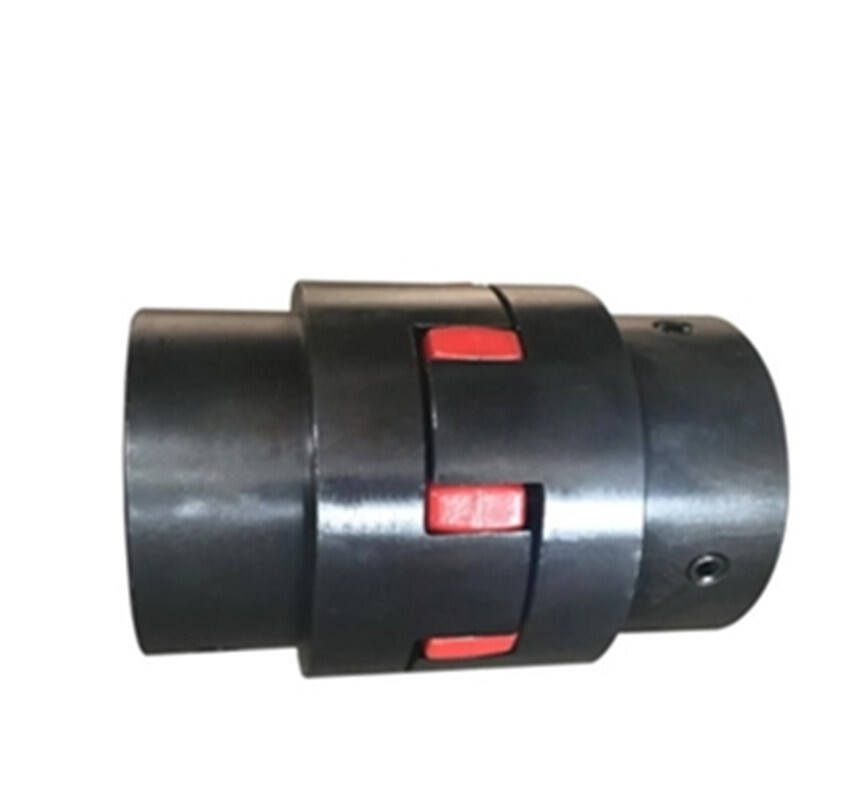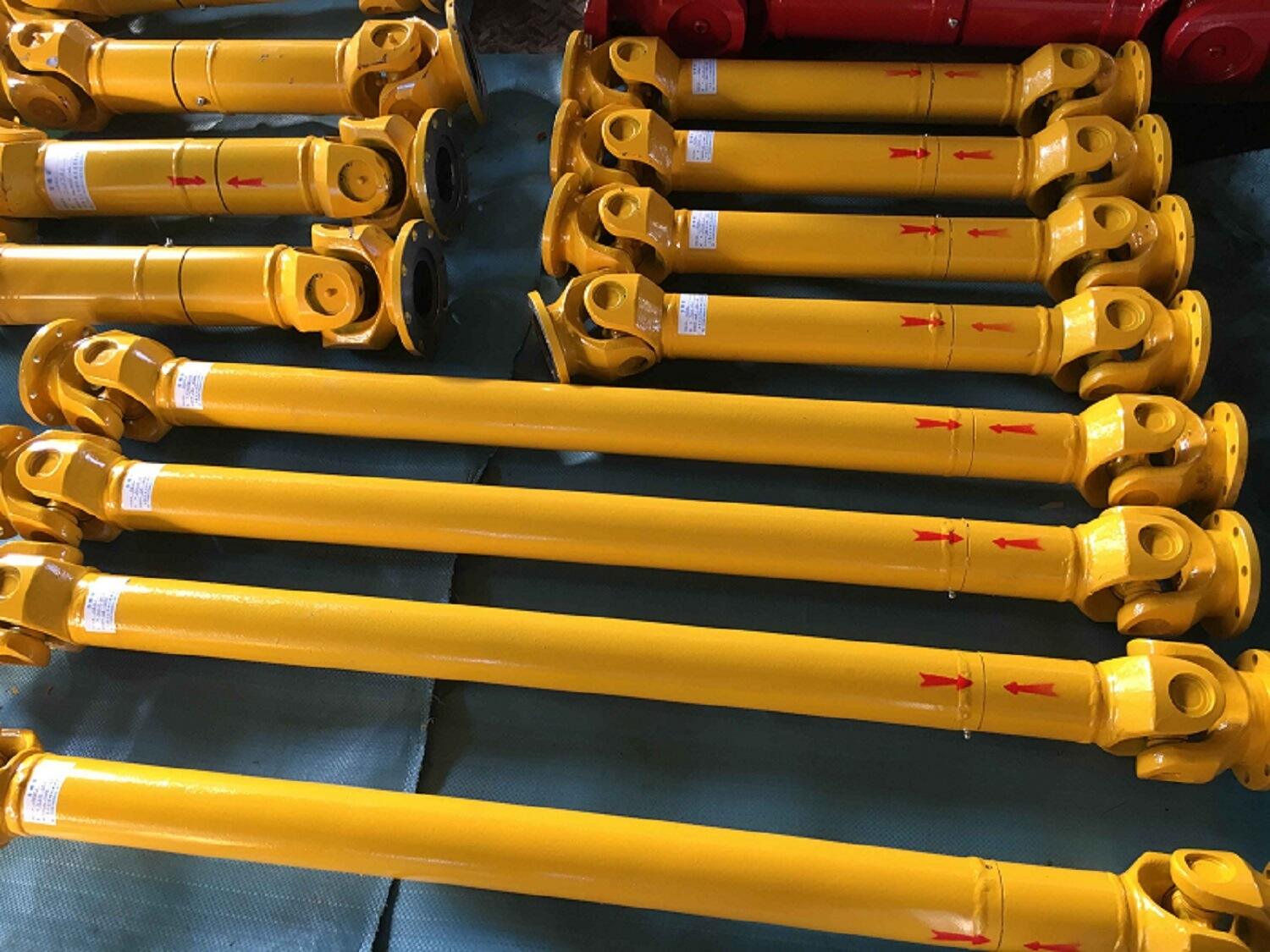Enhanced Equipment Protection and Longevity
Rubber gear couplings provide exceptional equipment protection through their unique design and material properties. The combination of precision-machined gear teeth and high-quality rubber elements ensures reliable power transmission while protecting connected equipment from harmful forces. The rubber element acts as a sacrificial component, absorbing wear and tear that would otherwise affect more expensive system components. The coupling's design includes built-in fail-safe features that prevent catastrophic failure, allowing for planned maintenance rather than emergency repairs. The rubber element's resistance to environmental factors, including oil, chemicals, and temperature variations, ensures consistent performance and long service life. This protection translates into reduced maintenance costs, increased equipment reliability, and improved overall system efficiency.


